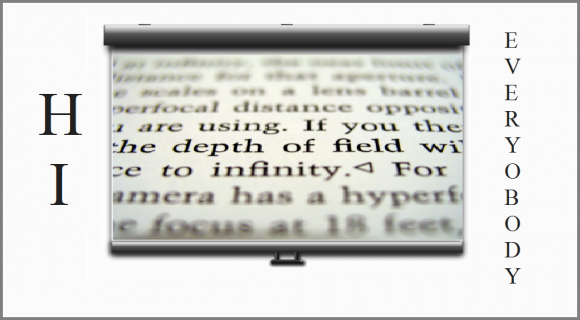It doesn’t matter if you’re watching a TV show, a movie, or a documentary; TV shows start very differently these days. They used to start with a long list of credits in the past. However, this practice has changed. Why is that? and how does this relate to making good presentations? Let us find out

People Used to Tolerate Long, Quiet Intros
The art of presenting on video goes back to early TV broadcasts and old TV shows. The most common way to present these shows was to start with a 2-10 minute introduction scene. This scene would usually be really slow and would contain the names of people who worked on it.
The Intros Were Too Long, But People Had Few Options
This intro used to contain names of various people who worked on the show. People like actors, directors, writers, editors, etc. Of course audiences didn’t want to watch the long intro but there were few options in those days.
Now, There Are Lots of Options and TV Has Adapted
There are many channels to choose from these days, and people have smartphones. So, they don’t pay attention to anything where they have to wait anymore.
These days TV shows start with a catchy intro or a scene which is aimed to get hook the audiences early. The intro may come after the initial scene or at the end of the show. This is done because there are hundreds of channels and people also use their smartphones for entertainment.
How Presentations Have Changed
In the past, presentations used to start with an agenda, names of people who sponsored the presentation, and those who worked on the presentation. Not to mention the presentation’s content and sources of the data being presented. There’s nothing wrong with sharing all this information, but people don’t want to wait too long before the presentation starts.
Hook The Audience To Your Content
You need to grab the audience’s attention to make them listen to your message. You can do that by making use of whats known as a hook in marketing. In terms of presentation, a hook can be made by realistically promising anything that the audience originally came for. Dedicate at least the first 2 minutes of the presentation to tell the audience what they can expect to learn from the presentation.
Make sure that the audience understands how important it is for them to listen to you instead of looking at their devices.

Leave a Reply